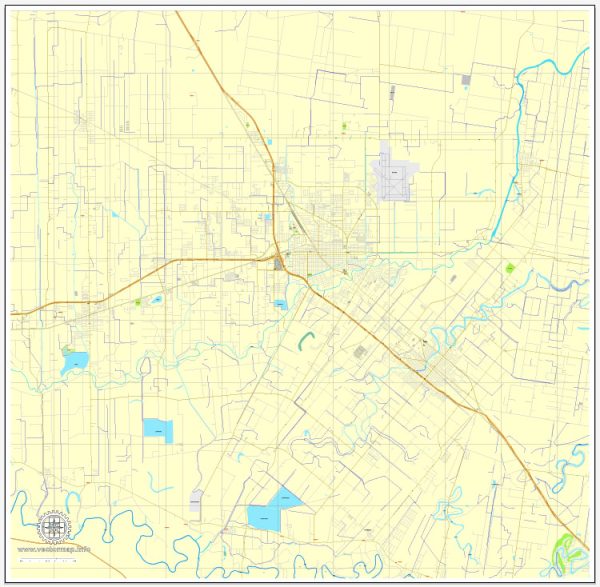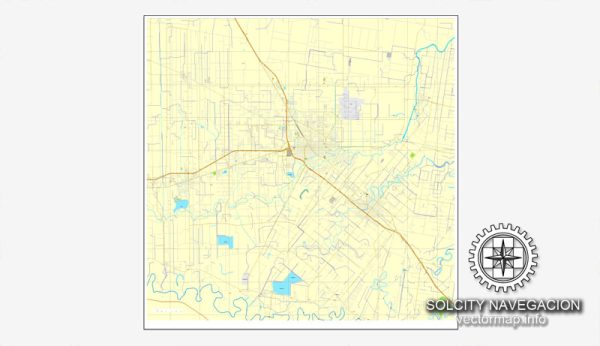Harlingen, Texas, has a rich history of urban development that spans several decades. The city is located in the Rio Grande Valley in southern Texas and has played a significant role in the region’s economic and cultural growth. Here is a brief overview of the history of urban development in Harlingen:
- Early Settlement and Agriculture (19th Century):
- Harlingen’s history dates back to the late 19th century when the area was primarily used for agriculture and ranching.
- The city’s development was influenced by the construction of irrigation canals, which made it possible to cultivate crops in the otherwise arid region.
- Railroad Expansion (20th Century):
- The arrival of the railroad in the early 20th century played a crucial role in Harlingen’s growth. The St. Louis, Brownsville and Mexico Railway reached the area in 1904.
- The rail connection facilitated the transportation of goods and people, contributing to the city’s development as a regional hub.
- City Planning and Infrastructure:
- Harlingen experienced a period of city planning and infrastructure development during the early to mid-20th century. Streets, utilities, and public spaces were established to support the growing population.
- The city’s grid layout is a testament to this era of urban planning.
- World War II and Military Presence:
- During World War II, Harlingen became home to an airbase, Harlingen Army Airfield, which later became Harlingen Air Force Base. The military presence brought economic opportunities and a population influx to the area.
- Post-War Economic Growth:
- After World War II, Harlingen continued to experience economic growth, with agriculture and trade playing key roles.
- The city’s economy diversified, and new industries emerged, contributing to the development of a more robust urban center.
- Population Growth and Diversification:
- The latter half of the 20th century saw a significant increase in population as people from different backgrounds and cultures settled in Harlingen.
- The city continued to diversify economically, with the healthcare, education, and retail sectors becoming increasingly important.
- Modern Urban Development:
- In recent decades, Harlingen has focused on modern urban development, including infrastructure upgrades, parks, and cultural amenities.
- Efforts have been made to revitalize downtown areas and promote tourism through various events and attractions.
- Education and Healthcare Hubs:
- Harlingen is home to important educational and healthcare institutions, including Texas State Technical College and the University of Texas Rio Grande Valley Medical School. These institutions contribute to the city’s growth and development.
Overall, Harlingen’s history of urban development reflects a combination of agricultural roots, transportation infrastructure, military influence, economic diversification, and a commitment to modern urban planning. The city continues to evolve, adapting to the changing needs of its residents and the broader region.



 Author: Kirill Shrayber, Ph.D.
Author: Kirill Shrayber, Ph.D.